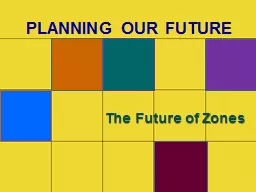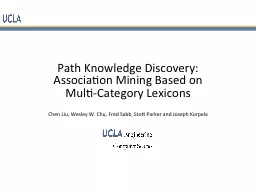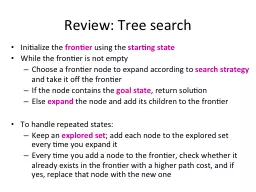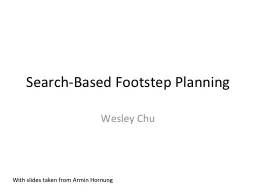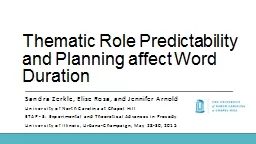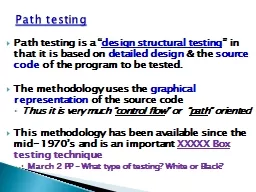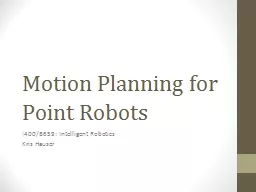PPT-Search Review Path Planning Search: Our Role
Author : danika-pritchard | Published Date : 2019-12-21
Search Review Path Planning Search Our Role We have to define the problem space State Representation Initial State Operators Goal State a test to see if a node is
Presentation Embed Code
Download Presentation
Download Presentation The PPT/PDF document "Search Review Path Planning Search: Our ..." is the property of its rightful owner. Permission is granted to download and print the materials on this website for personal, non-commercial use only, and to display it on your personal computer provided you do not modify the materials and that you retain all copyright notices contained in the materials. By downloading content from our website, you accept the terms of this agreement.
Search Review Path Planning Search: Our Role: Transcript
Download Rules Of Document
"Search Review Path Planning Search: Our Role"The content belongs to its owner. You may download and print it for personal use, without modification, and keep all copyright notices. By downloading, you agree to these terms.
Related Documents


